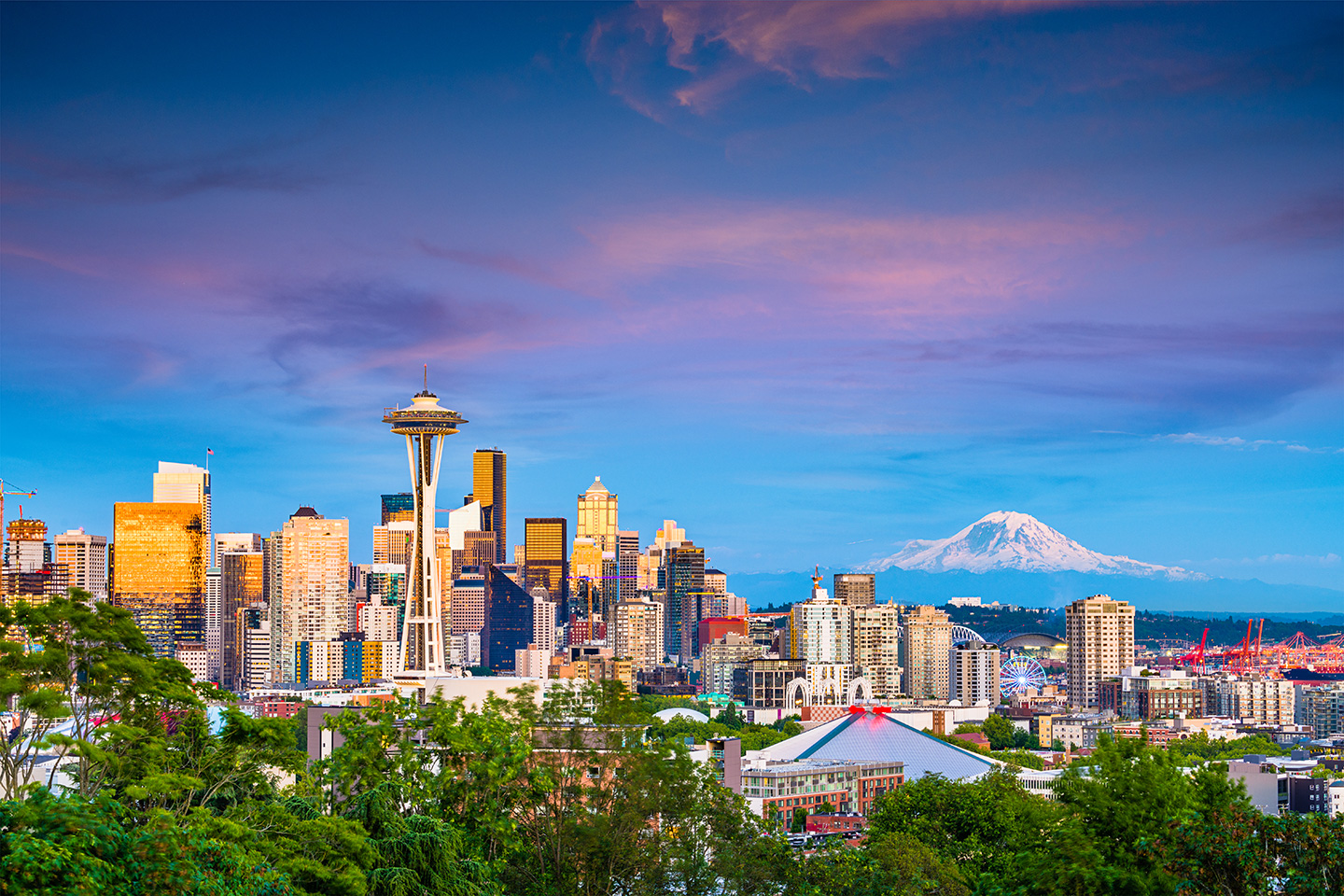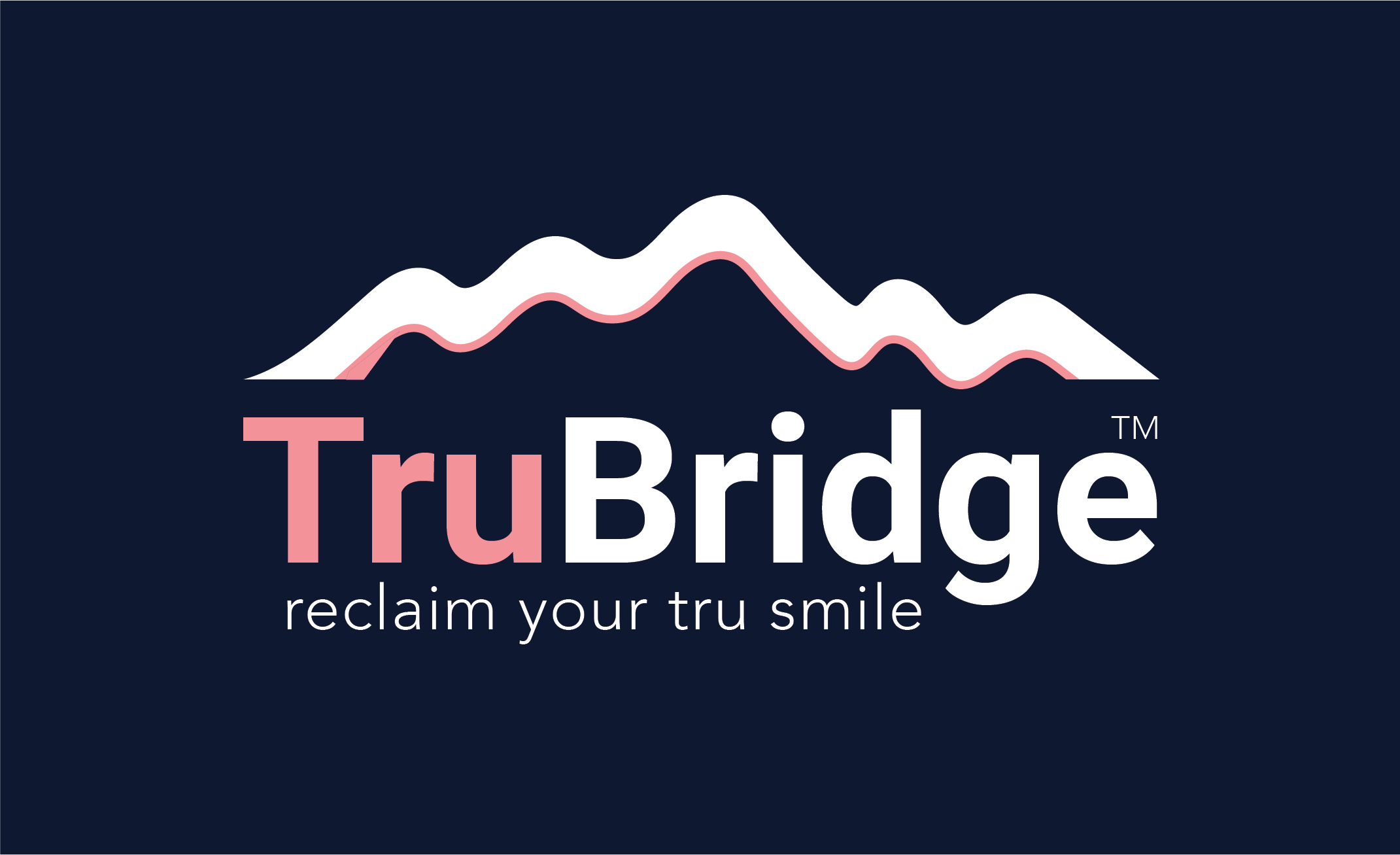 With its proud history of innovation, pioneering spirit, and entrepreneurial culture, Washington state is becoming a veritable mecca for dental care, ranking seventh in the United States for the number of dentists per capita, and first for innovation.
With its proud history of innovation, pioneering spirit, and entrepreneurial culture, Washington state is becoming a veritable mecca for dental care, ranking seventh in the United States for the number of dentists per capita, and first for innovation.
Over a ten-year period, the total amount of dentists grew here by a record-breaking 56 percent, nearly three times the state’s population growth in the same timeframe. The result was a 32 percent increase in dentists per capita or double the increase nationwide. While it can sometimes seem hard to get a cleaning appointment, the rate for our dental hygienists and dental assistants also exceeds the national average. There is currently a fierce demand for dental hygienists.
Already a life sciences leader in genomics, immunotherapy, AI and cloud computing, the market for dental therapies is about to break wide open. The TruBridge™ Dental Restoration System could soon make Washington state a global destination for Dental Tourism.
Invented not by the Tooth Fairy but by Dr. Helena Soomer Lincoln, a renowned dentist and implantologist who has done thousands of restorations around the world, from her native Estonia to France, Norway, and Sweden, the TruBridge Dental Restoration System began inside Fairy Tale Dental, her local dental practice voted “Best on Bainbridge Island.”
Dr. Lincoln’s U.S. patent-pending, “teeth only” dental bridge is installed gently into the natural gums, placing the teeth inside their original sockets. There are no heavy, artificial gums, no bone reduction, nothing covering the roof of the mouth, and no smothering of taste-buds. The ultra-light, Zirconia-strong makeup of the new smile is proving the maxim: “Build a better mouthtrap and the world will beat a path to your door.”
The Economies of Dental Tourism
While it takes a ferry ride to reach TruBridge Dental on Bainbridge Island, the cost of riding this new wave in dental science pales in comparison to the trend that has seen an exodus of tens of thousands of Americans to Mexico, Costa Rica, the Philippines, or even Dubai, for affordable dental restoration.
The Website DentalDepartures.com lists 2,194 dental clinics in 41 countries, none of which offer the nascent TruBridge breakthrough. The clinics abroad promote a conventional All-on-4™ implant which drills four rods and a platform of artificial gums and teeth into the alveolar jawbone.
The global dental migration for such a product has come as the only answer for those who simply want to reclaim their original smiles, including people who have dental insurance.
The cost for the All-on-4™ treatment in the U.S. is a whopping $50k-60k per arch (upper or lower), a price comparable to coronary bypass surgery. In this case, none of it is covered by insurance. The Clear Choice™ dental implant runs $40,000 per arch. In Mexican towns like Los Algodones, which hosts 350 dentists in its small downtown area, the cost can drop precipitously to $14,000 per arch, not including airfare or hotel, or the fact that it takes two appointments and two trips across the border to complete the treatment.

TruBridge costs out at $7k per arch, the cost of installing a home spa, furnace or other home improvement. For those who qualify, Washington state insurance will cover the cost of the extractions but stops there (TruBridge does extractions “atraumatically” to preserve the integrity of the sockets and ridgeline.)
So why on earth — anywhere on earth — should the price of a dental restoration require a second home mortgage, a U.S. passport and an expedition to destinations unknown? That question struck a tragic chord recently when a Northwest woman traveled to San Jose, Costa Rica, to undergo dental surgery for implants and veneers at a dental clinic there. The tourist from Chehalis fell into a coma when she suffered cardiac arrest after a reaction to anesthesia during the dental procedure. Conventional dental implant surgery requires general anesthesia whereas the TruBridge implant does not, using a local anesthetic instead.
The pricing paradox is the product of a broken U.S. health care system that considers the restoration of missing teeth lost to injury, disease, or decay a non-essential procedure, even while unobstructed chewing, speaking and breathing are vital for survival. Another factor is that the dental procedure typically involves as many as four different professionals: a periodontist, a prosthodontist and the primary dentist, in addition to the dental lab technician. The pendulum is starting to swing as more dentists bring 3D maker technology into their practices, but not very far, not yet.
“TRUBRIDGE RESTORATION JUST MAKES TOTAL SENSE!”
— Dr. Helena Soomer Lincoln
“The most gratifying feedback from patients is that they forget that it is a bridge and feel as if they never lost their teeth in the first place. I am so moved by the positive feedback that it brings tears of joy to my eyes,” said Lincoln, a mother of five. “My patients are super happy. It’s like a fairy tale come true.”
Turns out the biggest game-changer on Bainbridge Island could be more than Pickleball. And that is certainly something to smile about!
[This blog Post is excerpted from coverage on Seattle24x7.com]

